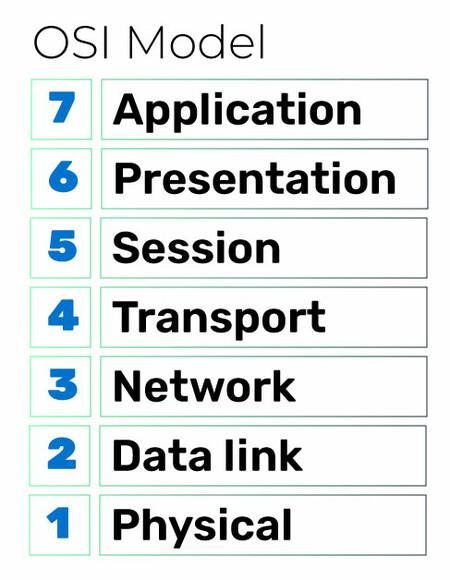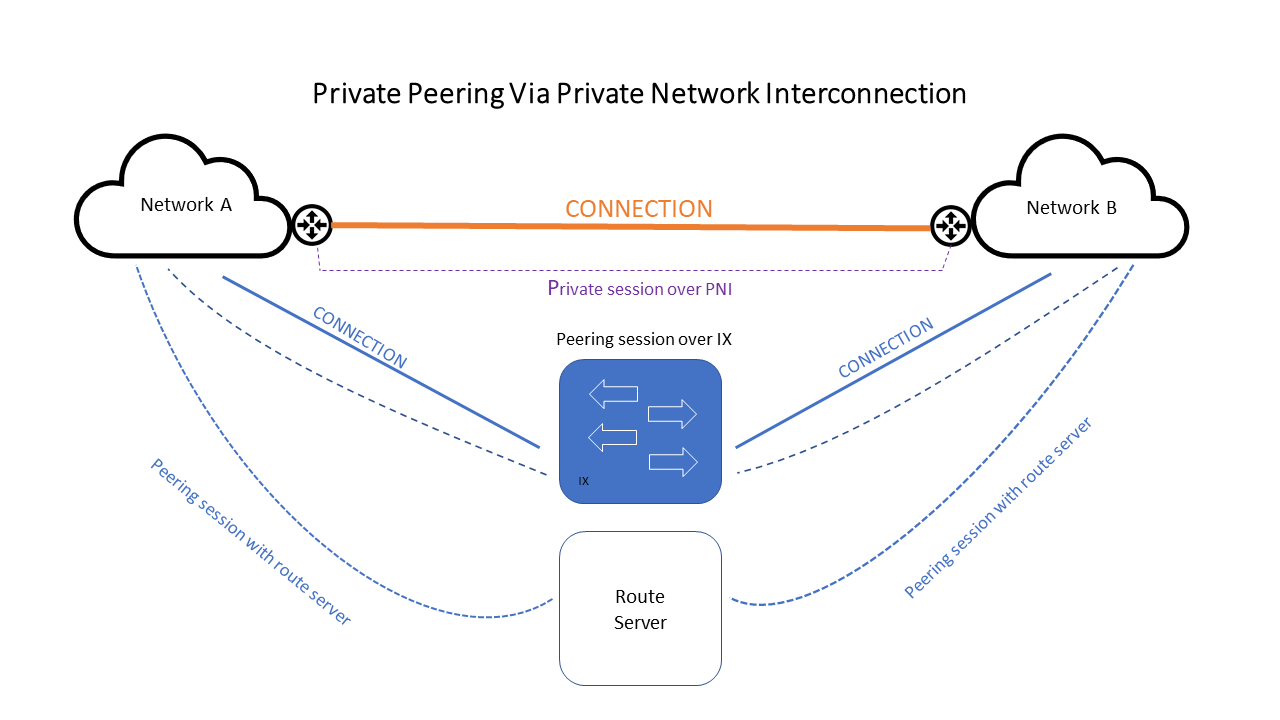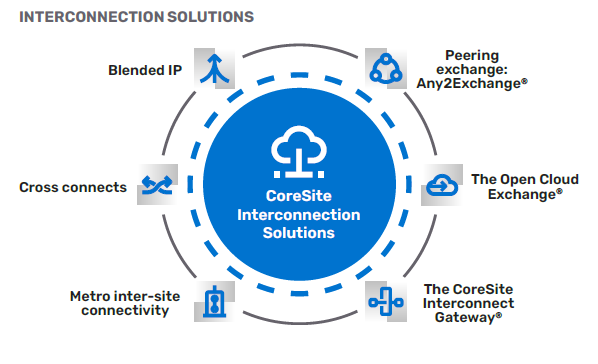
What Is the CoreSite Any2Exchange?
Before we jump into a discussion of the CoreSite Any2Exchange®, which is an internet peering exchange, let’s set the stage. Peering refers to an exchange of data traffic (packets) between networks. Peering exchanges (or internet exchanges) are network access points at which collaborating companies connect their networks and exchange data – thus the phrase network of networks as a way to refer to the internet. An access point can be a single port with a single connection or a single port with multiple connections.
Network providers, telecom companies, content delivery networks, internet service providers (ISPs), cloud service providers and other organizations negotiate agreements related to data handoffs and routes. The arrangements are mutually beneficial, so typically no costs are involved.

How Does Peering Work?
Peering exchanges can be public or private. Public peering involves an internet exchange point (IXP) through which a network can peer with other networks. An IXP has one or more physical locations and network switches that route traffic. IXPs fall into Layer 2 of the Open Systems Interconnection (OSI) model.
Private peering, which may be referred to as a private network interface or PNI, fits into either Layer 1 or Layer 2. It occurs within a private facility such as a carrier-neutral colocation data center where collaborators are connected directly via dedicated cross connect cabling.
In both public and private peering, the Border Gateway Protocol (BGP) enables the internet to exchange routing information using collaborators’ autonomous system numbers (ASN). An ASN is a prerequisite for internet peering.
What is the alternative to IXP and PNI? Sending data over the public internet with no control over routing decisions. The meandering, congested nature of the internet can increase security risk and slow data sharing. Peering gives collaborators control over routes, providing benefits described below.

What Is the CoreSite Any2Exchange?
Through the ownership and operation of the Any2Exchange for internet peering, CoreSite enables 400+ members to participate in some of the largest internet exchanges in the United States. Regional CoreSite exchanges on the East Coast and West Coast and in Florida (Any2East®, Any2West® and Any2Florida®) allow collaborators to peer easily with each other in multiple markets. All CoreSite colocation data centers offer direct access to Any2Exchange switches with connection speeds ranging from 1Gbps to 400Gbps.
How Easy Is It to Start Peering?
To start peering, CoreSite customers join the Any2Exchange. Our lead time is 72 hours to get a port turned up and available for use, although we typically finish in less time.
As a member, you can use Any2Relationship Manager on CoreSite’s service delivery platform to negotiate peering agreements directly with the companies you choose. Members can utilize a single port on the exchange’s switch fabric to establish individual peering sessions (leveraging BGP) with every other participant with which they have an agreement. This simplifies your network architecture and provides other benefits, listed below.
To simplify the process even further, you can join Any2Easy® and establish a single BGP session to CoreSite’s route server. This enables you to peer with every other participant on Any2Easy. Many customers choose this option to eliminate the requirement to establish and maintain multiple BGP sessions. We understand you may want to peer only with certain participants on Any2Easy instead of everyone, so we set up communities that enable you to allow or block certain networks and locations.
Other than simplicity, a few other things contribute to successful peering:
- ASNs – Set up your ASN ahead of time by working with an internet registry such as the American Registry for Internet Numbers (ARIN).
- Redundancy – When your business needs to be “on” all the time, network resiliency is important. Diverse connections into an exchange increase resiliency. We make sure your connections are delivered from diverse switches to eliminate single points of failure.
- Identifying optimal collaborators – Look at who’s peering on various exchanges to decide where you will find the most value.
- Support – Most customers receive support through our service delivery platform, but support representatives are available via email and phone as well.
The Bottom Line – How Do Peering and Any2Exchange Help Your Business?
You need every edge you can get to sustain employee productivity, keep customers satisfied and grow your business. By providing real-time connectivity and nearly instant data transfer, Any2Exchange accelerates digital transformation and growth. You’ll increase operational and competitive advantage:
- Improve end user experience – Lower latency, increase bandwidth and improve control over service quality with fast, direct data flows and fewer network hops.
- Lower cost – Multiple networks on an exchange increases the number of available routes, and this can reduce transit and transport costs. Also, a single connection to an exchange gives you access to multiple networks compared to PNIs that require individual connections to each network. The single connection approach saves transport, cross connect and port costs.
- Simplify network architecture – Connect to Any2Easy route servers to peer with multiple participants in a single BGP session.
- Increase redundancy – Increase the number of available data flow paths to improve routing, efficiency and fault tolerance.
- Enhance security – Reduce risk compared to the public internet by sharing data over highly secure routes that restrict access to data and systems.
- Reach new markets – Pursue nationwide and worldwide revenue streams with superior network range, speed and performance, all without building your own facilities.
- Enhance disaster recovery – Support smooth operations with dual-core, dual-edge switch fabrics.
What CoreSite Exchange Users Have to Say
Many of our colocation clients want to expand into new markets – an effort that can be prohibitively expensive and time consuming if they tackle this alone. Any2Exchange enables clients to tap into instant, direct access to thousands of prospective customers.

One CoreSite client, Voxility, added three new customers in the first month. According to Voxility’s VP of Business Development, “Many data centers feel exclusive like a country club because they often cater to just a handful of specialty industries or small groups of enterprise companies. CoreSite has built a true peering ecosystem comprising a unique mix of IP traffic from different industries.”
Is Your Network of Networks Future-Ready?
Forward-looking business leaders optimize their hybrid IT strategies with colocation and interconnection.
The CoreSite Interconnection Solutions suite enables scalability, one-to-many and direct connection to leading cloud providers. Multiple models within our ecosystem allow you to match your connectivity requirements with your business objectives.
Know More
Start a conversation with us about peering and/or interconnection. We’ll discuss your goals and network strategy, answer your questions and propose customized solutions.










